-
 Bitcoin
Bitcoin $117500
2.15% -
 Ethereum
Ethereum $3911
6.19% -
 XRP
XRP $3.316
10.79% -
 Tether USDt
Tether USDt $1.000
0.01% -
 BNB
BNB $787.2
2.24% -
 Solana
Solana $175.2
4.15% -
 USDC
USDC $0.9999
0.00% -
 Dogecoin
Dogecoin $0.2225
8.40% -
 TRON
TRON $0.3383
0.28% -
 Cardano
Cardano $0.7868
6.02% -
 Stellar
Stellar $0.4382
9.34% -
 Hyperliquid
Hyperliquid $40.92
7.56% -
 Sui
Sui $3.764
7.63% -
 Chainlink
Chainlink $18.48
10.66% -
 Bitcoin Cash
Bitcoin Cash $582.1
1.88% -
 Hedera
Hedera $0.2601
6.30% -
 Avalanche
Avalanche $23.33
4.94% -
 Ethena USDe
Ethena USDe $1.001
0.02% -
 Litecoin
Litecoin $122.3
2.04% -
 UNUS SED LEO
UNUS SED LEO $8.969
-0.27% -
 Toncoin
Toncoin $3.339
0.86% -
 Shiba Inu
Shiba Inu $0.00001287
4.30% -
 Uniswap
Uniswap $10.43
7.38% -
 Polkadot
Polkadot $3.861
5.08% -
 Dai
Dai $1.000
0.02% -
 Bitget Token
Bitget Token $4.513
3.41% -
 Monero
Monero $267.7
-6.18% -
 Cronos
Cronos $0.1499
4.14% -
 Pepe
Pepe $0.00001110
5.15% -
 Aave
Aave $284.9
8.28%
What is the technical basis of Ripple?
Ripple's Unique Node List (UNL) consists of trusted validators who verify transactions, ensuring security and scalability through a distributed consensus mechanism.
Feb 16, 2025 at 10:42 pm
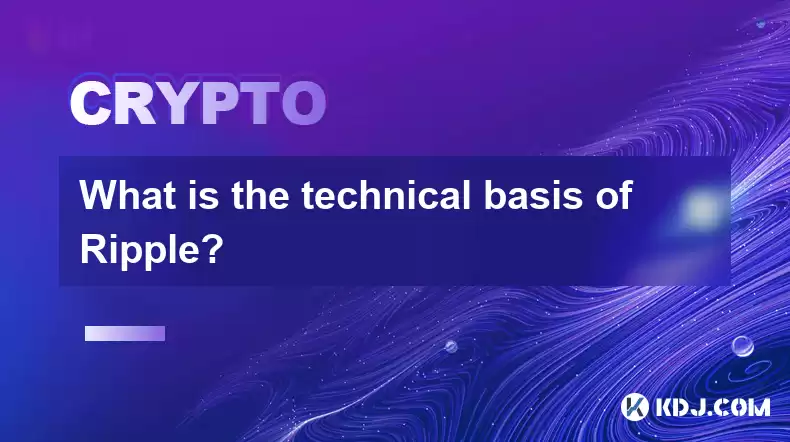
Key Points of Ripple's Technical Basis:
- Ripple Consensus Algorithm (RPCA)
- XRP Ledger (XRPL)
- Interledger Protocol (ILP)
- Atomic Transactions
- Multi-Sig
- Payment Channel
Technical Basis of Ripple in Detail:
1. Ripple Consensus Algorithm (RPCA)
RPCA is a distributed consensus mechanism that differs from proof-of-work (PoW) and proof-of-stake (PoS) used in other cryptocurrencies. It relies on a unique network of trusted validators called "Unique Node List" (UNL) to validate transactions.
The UNL is curated by validators who have demonstrated technical competence and are reputable within the Ripple community. These validators are responsible for verifying and agreeing on the validity of each transaction. The transactions are then grouped into blocks that are added to the XRPL.
2. XRP Ledger (XRPL)
The XRPL is a public, permissioned blockchain that serves as the distributed ledger for Ripple transactions. It records all transactions and store balances for XRP, Ripple's native cryptocurrency. Unlike Bitcoin's blockchain, which can process a limited number of transactions per second, the XRPL is designed to handle high-volume payments quickly and efficiently.
The XRPL's native asset, XRP, acts as a bridge currency, facilitating transactions between different currencies and assets. XRP facilitates instant and low-cost cross-border payments by eliminating the need for intermediaries.
3. Interledger Protocol (ILP)
The ILP is an open-source protocol that allows for interoperability between different payment systems. It enables seamless and secure transfers of funds across various networks, including Ripple, Ethereum, and Bitcoin.
By implementing ILP, Ripple aims to create a global network of payment systems that can communicate and exchange value without the need for central intermediaries or gateways. This interoperability opens up possibilities for cross-chain transactions and the expansion of the Ripple ecosystem.
4. Atomic Transactions
Atomic transactions are a type of transaction that ensures all actions within the transaction either succeed or fail as a whole. In Ripple, atomic transactions are facilitated by the XRPL's consensus protocol, which guarantees that all nodes agree on the final outcome of the transaction.
This feature is essential for high-value and time-sensitive transactions, as it prevents partial execution or the loss of funds in case of network errors or disruptions.
5. Multi-Sig
Multi-sig is a security mechanism that allows for multiple parties to jointly control a Ripple account. This is achieved by requiring multiple signatures from a predefined set of authorized signatories for any transaction to be executed.
Multi-sig provides enhanced security against unauthorized access and theft, making it a valuable tool for businesses and institutions that handle large volumes of cryptocurrency.
6. Payment Channel
A payment channel is a secure, off-ledger mechanism that enables fast and low-cost micropayments between two parties. It allows them to transfer funds directly without the need for continuous broadcasting of transactions and settlement on the blockchain.
Payment channels are particularly useful for micropayments, high-frequency trading, and gaming applications, where instant and low-fee transactions are crucial.
FAQs Related to Ripple's Technical Basis:
Q: How does the RPCA differ from other consensus algorithms?
A: The RPCA relies on a curated network of trusted validators known as the UNL, whereas PoW and PoS use computational power or stake holdings to validate transactions. This unique approach aims to enhance security and scalability.
Q: What are the advantages of the XRP Ledger?
A: The XRPL is designed for fast and secure transactions, with the ability to process high volumes of payments efficiently. It supports XRP as a bridge currency, facilitating cross-border transactions and reducing costs.
Q: How does the ILP contribute to Ripple's ecosystem?
A: The ILP enables interoperability between different payment systems, allowing for seamless and secure transfer of funds across various networks. It expands the Ripple ecosystem and facilitates global payments.
Q: What is the purpose of multi-sig in Ripple?
A: Multi-sig provides enhanced security for Ripple accounts by requiring multiple signatures from authorized signatories for transactions to be executed. It safeguards against unauthorized access and theft.
Q: How do payment channels benefit Ripple's capabilities?
A: Payment channels facilitate high-speed and low-cost micropayments off-ledger. They are ideal for applications such as micropayments, gaming, and high-frequency trading where instant and low-fee transactions are a priority.
Disclaimer:info@kdj.com
The information provided is not trading advice. kdj.com does not assume any responsibility for any investments made based on the information provided in this article. Cryptocurrencies are highly volatile and it is highly recommended that you invest with caution after thorough research!
If you believe that the content used on this website infringes your copyright, please contact us immediately (info@kdj.com) and we will delete it promptly.
- Tron's Sell-Off Spurs Altcoin Shift: What's Next for TRX?
- 2025-08-08 08:30:12
- RUVI Presale: Is the Growth Potential Real?
- 2025-08-08 09:10:12
- Sleep Token's US Takeover: Thornhill Rides the 'Even In Arcadia' Wave
- 2025-08-08 08:30:12
- FTT Token's Wild Ride: Creditor Repayments vs. Market Drop - A New Yorker's Take
- 2025-08-08 07:10:12
- Floki Crypto Price Prediction: Riding the Robinhood Rocket or Just a Meme?
- 2025-08-08 07:15:12
- EigenLayer, Restaking, and Ethereum: Navigating the Hype and the Hazards
- 2025-08-08 06:30:12
Related knowledge

Where can I buy UMA (UMA)?
Aug 07,2025 at 06:42pm
Understanding UMA and Its Role in Decentralized FinanceUMA (Universal Market Access) is an Ethereum-based decentralized finance (DeFi) protocol design...

What exchanges support buying IOTA (MIOTA)?
Aug 07,2025 at 09:58pm
Understanding the Role of Private Keys in Cryptocurrency SecurityIn the world of cryptocurrency, private keys are the cornerstone of ownership and con...
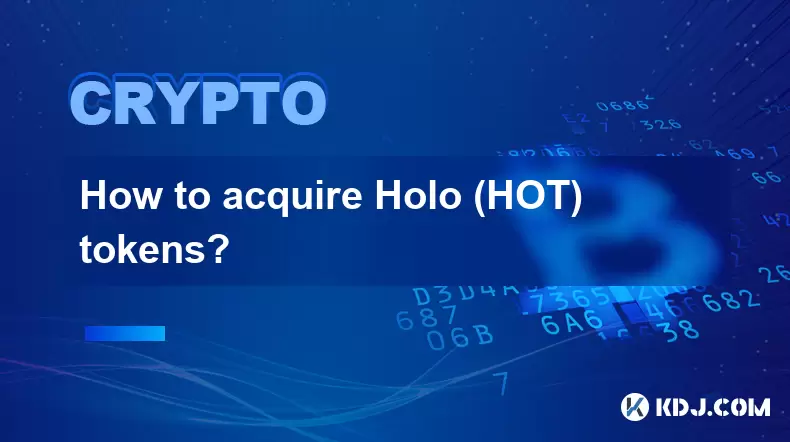
How to acquire Holo (HOT) tokens?
Aug 08,2025 at 05:56am
Understanding Holo (HOT) and Its EcosystemHolo (HOT) is a cryptocurrency token associated with the Holo ecosystem, which is built on the Holochain fra...
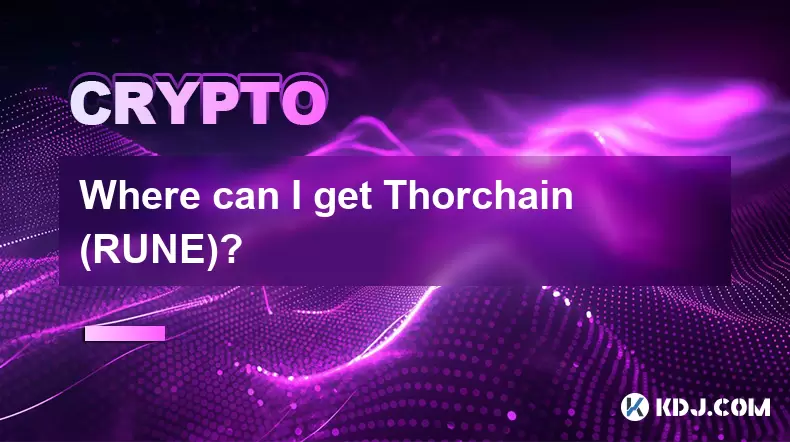
Where can I get Thorchain (RUNE)?
Aug 08,2025 at 08:07am
Understanding the Role of Seed Phrases in Cryptocurrency WalletsA seed phrase, also known as a recovery phrase or mnemonic phrase, is a critical compo...
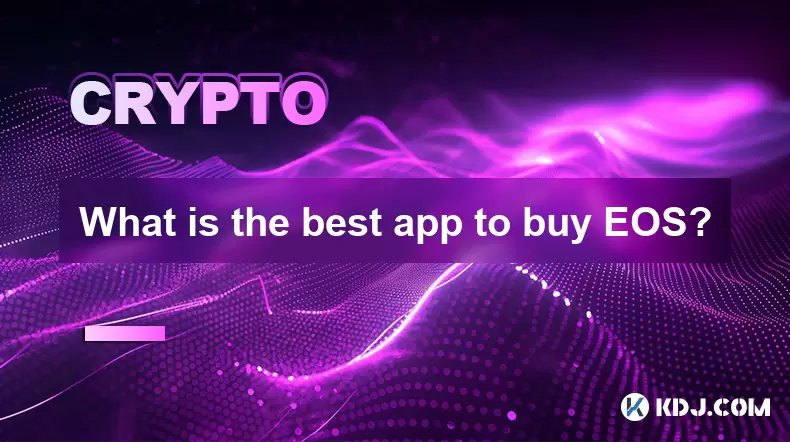
What is the best app to buy EOS?
Aug 07,2025 at 04:35pm
Understanding EOS and Its Role in the Cryptocurrency EcosystemEOS is a blockchain platform designed to support decentralized applications (dApps) with...
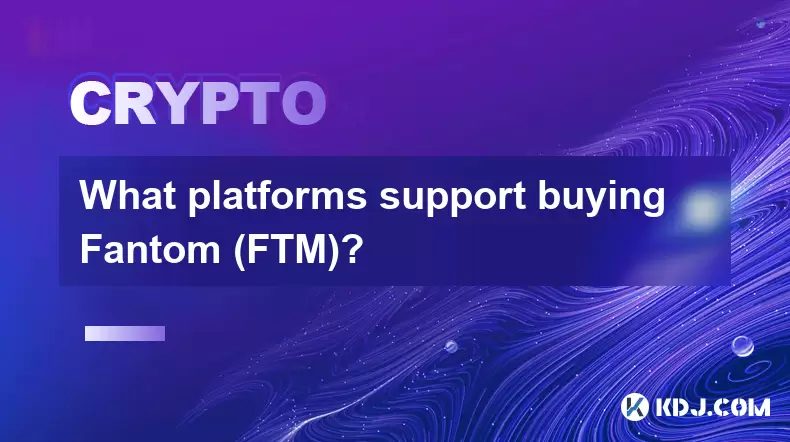
What platforms support buying Fantom (FTM)?
Aug 08,2025 at 01:56am
Overview of Fantom (FTM) and Its EcosystemFantom (FTM) is a high-performance, scalable, and secure layer-1 blockchain designed to overcome the limitat...

Where can I buy UMA (UMA)?
Aug 07,2025 at 06:42pm
Understanding UMA and Its Role in Decentralized FinanceUMA (Universal Market Access) is an Ethereum-based decentralized finance (DeFi) protocol design...

What exchanges support buying IOTA (MIOTA)?
Aug 07,2025 at 09:58pm
Understanding the Role of Private Keys in Cryptocurrency SecurityIn the world of cryptocurrency, private keys are the cornerstone of ownership and con...

How to acquire Holo (HOT) tokens?
Aug 08,2025 at 05:56am
Understanding Holo (HOT) and Its EcosystemHolo (HOT) is a cryptocurrency token associated with the Holo ecosystem, which is built on the Holochain fra...

Where can I get Thorchain (RUNE)?
Aug 08,2025 at 08:07am
Understanding the Role of Seed Phrases in Cryptocurrency WalletsA seed phrase, also known as a recovery phrase or mnemonic phrase, is a critical compo...

What is the best app to buy EOS?
Aug 07,2025 at 04:35pm
Understanding EOS and Its Role in the Cryptocurrency EcosystemEOS is a blockchain platform designed to support decentralized applications (dApps) with...

What platforms support buying Fantom (FTM)?
Aug 08,2025 at 01:56am
Overview of Fantom (FTM) and Its EcosystemFantom (FTM) is a high-performance, scalable, and secure layer-1 blockchain designed to overcome the limitat...
See all articles

























































































